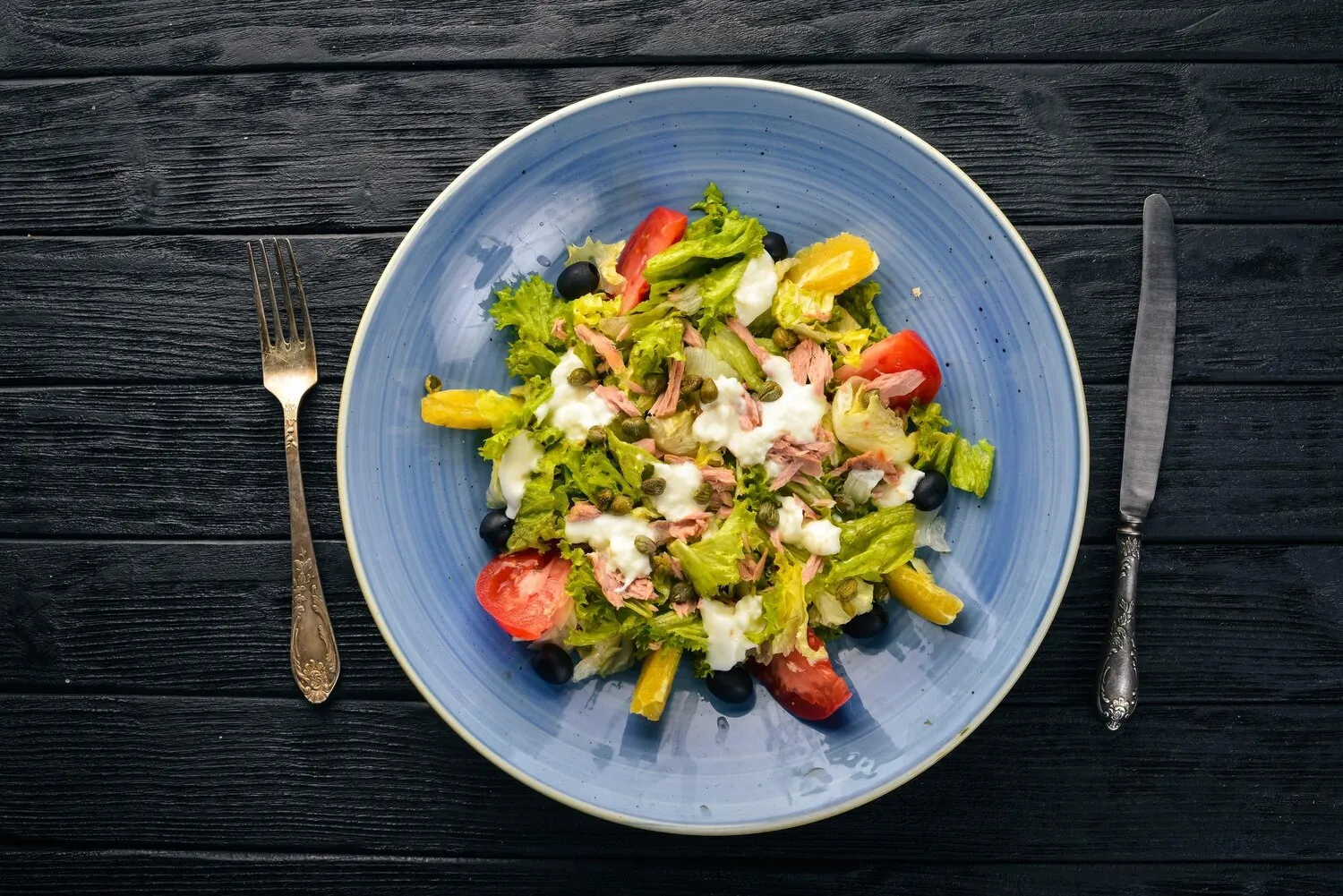
Salades Composées
Fresh and varied salads.
Nutrition Facts
* The % Daily Value (DV) tells you how much a nutrient in a serving of food contributes to a daily diet. 2,000 calories a day is used for general nutrition advice.
Salades Composées, reflecting a long history of culinary ingenuity, evolved from simple peasant fare to sophisticated dishes. Early iterations were largely dictated by seasonal availability, utilizing foraged greens and preserved meats. Over time, culinary advancements and cultural exchange incorporated a wider variety of ingredients, resulting in the complex and visually appealing salads we know today. Influences from other European cuisines, as well as colonial ventures, added to the diversity.
Salades Composées are a staple of French cuisine, embodying the French appreciation for fresh, seasonal ingredients and artful presentation. They represent both a casual lunchtime staple and an elegant first course or light meal.
Seasonal Dining
The composition of Salades Composées heavily relies on seasonal availability. Local markets play a crucial role in ingredient selection, showcasing the freshest produce of the region.
Art de Vivre
Salades Composées epitomize the French 'art de vivre' - the art of living well. The visual appeal of the dish is as important as the taste, reflecting the French commitment to aesthetics in everyday life.
Regional Variations
Salades Composées vary significantly by region, reflecting local ingredients and culinary traditions. For example, a salad from Nice might include olives, tomatoes, and anchovies (Salade Niçoise), while a salad from Lyon might feature lardons and a poached egg (Salade Lyonnaise).
Salades Composées offer a balanced symphony of flavors, blending fresh, often raw, ingredients with savory elements. The core lies in the contrast and harmony of textures and tastes – crisp vegetables meet creamy cheeses, briny olives complement sweet fruits, and robust dressings tie everything together.
Typical flavor profiles include combinations such as bitter greens (frisee, radicchio) with salty ham or bacon, sweet grapes or melon with tangy Roquefort cheese, and herbaceous dressings incorporating Dijon mustard and vinegar. The use of high-quality olive oil is also critical. The emphasis is on freshness and balance, creating a flavorful yet refreshing experience.
Ingredient Quality
Start with the freshest, highest-quality ingredients possible. This will significantly impact the flavor and overall appeal of the salad.
Dressing Application
Dress the salad lightly, just before serving. Over-dressing can make the greens soggy and mask the flavors of the other ingredients. Consider serving the dressing on the side.
Layering and Presentation
Arrange the ingredients artfully, considering color, texture, and height. Layering ingredients can enhance both the visual appeal and the flavor experience.
Balance is Key
Ensure a balance of flavors and textures. Aim for a mix of sweet, savory, salty, and acidic elements, as well as crisp, creamy, and crunchy textures. Avoid overwhelming one flavor profile.
Explore additional Salads dishes and restaurants
Explore SaladsDiscover top dining spots and culinary experiences in Poitiers.
Explore PoitiersLearn more about the food culture, restaurant scene, and culinary heritage of France.
Explore France